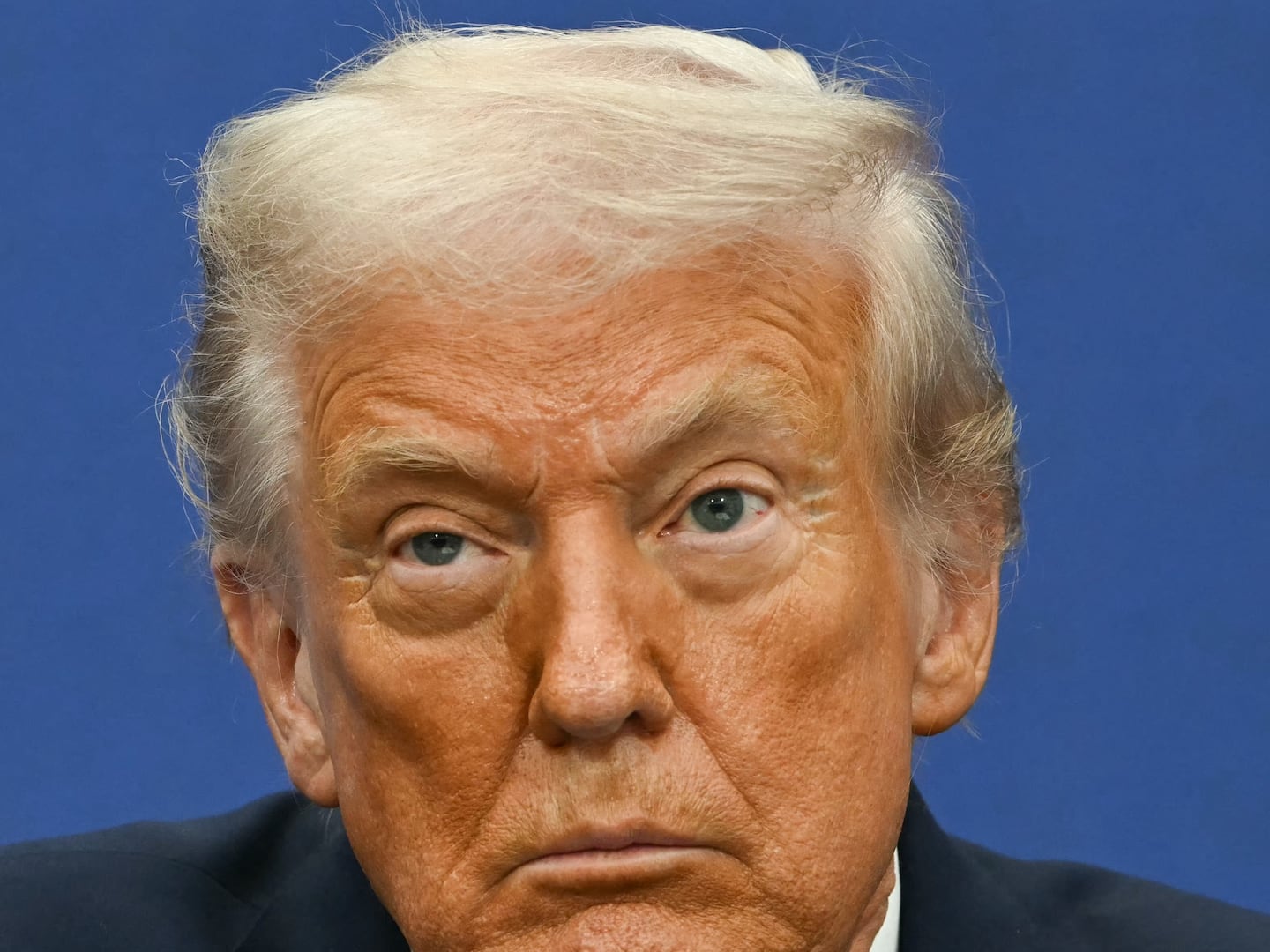President Donald Trump’s address to Congress promised the economically impossible—massive spending increases combined with big new tax cuts—without vastly increasing the national debt Trump’s already complained is far too big.
Let’s call this what it is: fake math.
The true equation is simple: More spending and less revenue add up to negative cash flow.
Those negative numbers, written in the red ink of accountants, mean more federal debt or fewer government services. Since Trump promised massive new federal spending on the military and veterans, and on infrastructure, and on preserving the most expensive aspects of the Affordable Care Act, it’s clear that his agenda means more federal debt. That, in turn, means more of your tax dollars going to pay interest on the national debt.
As always, Trump spoke in vagaries Tuesday, a strategy that has won him solid support among those who fail to think critically about what he (and other politicians) say. He did not say how big his tax cuts would be, how much more he wants to spend, or provide any of the details needed for a meaningful assessment.
He complained to the assembled lawmakers that “the past administration has put on more new debt than nearly all other presidents combined.” But he wants to sell the Republican majorities in Congress on making that debt grow ever larger, assuming the Republican majorities in Congress go along.
And he did not even give a nod to interest costs. That was significant because the era of near-zero interest rates is ending. The Federal Reserve has signaled that it thinks the economy has recovered sufficiently for it to start raising interest rates.
When Trump took office, the government paid an average blended interest rate on its borrowings of just 2 percent, down from more than 6 percent at the turn of the century.
Big new spending, big new tax cuts, and higher interest rates are a formula for more federal debt, assuming Congress turns Trump’s fake math into federal budget reality.
Trump, had he addressed the numbers at all, would have surely claimed, as he has on the campaign trail, that economic growth will pay for all of his expensive promises. Think of that as counting your chickens before the eggs are even laid, much less hatched.
Often, but not before Congress, Trump has said he wants the economy to grow by 4 percent annually, twice the recent level. Few economists believe that is possible or even likely. And even with 4 percent growth, the increased spending Trump wants would mean deficits of a half trillion dollars a year.
Trying to sound presidential, Trump also laid claim to potential new jobs that were in the pipeline long before November.
“Since my election, Ford, Fiat-Chrysler, General Motors, Sprint, Softbank, Lockheed, Intel, Walmart, and many others have announced that they will invest billions of dollars in the United States and will create tens of thousands of new American jobs,” he boasted.
The president evidently assumed that most Americans do not realize that new factories and other large facilities are years in the planning before they are announced. This is another element of Trumpian fake math.
Trump declared that “we must restart the engine of the American economy” and talked as if the nation has been in economic collapse, citing the rise in the stock market in the last three months, but making no mention of its record growth under Obama.
How many Americans know that the U.S. enjoyed a record 83 consecutive months of private-sector job growth through the end of January? How many know that nearly 16 million private-sector jobs were added since the Great Recession ended, more than Europe and Canada combined, and that during that period the number of government jobs was flat?
Trump justified his plan for a big corporate tax cut by saying, “Right now, American companies are taxed at one of the highest rates anywhere in the world.”
That’s a subtle bit of language because, while the tax rate set by Congress is high, the actual rates paid are among the world’s lowest, especially for multinational companies.
Many big multinationals make a profit from the tax system. They turn the burden of taxes into a benefit by earning profits in one year and paying their taxes decades later. During the interim, they invest the unpaid taxes, which they have effectively borrowed from the government at zero interest.
The real math here is simple. Invest the taxes not paid immediately for long enough and earnings on the unpaid taxes grow much larger than the tax itself. It’s relatively easy for a company to turn $1 of unpaid tax into $5, pay the tax, and then enjoy the $4.
On the documents shown to investors, the company appears to have paid $1 of tax, not made a $4 profit. Trump said nothing of accounting reform to stop such misleading disclosures.
Trump also used fake math in saying he had “cleared the way for the construction of the Keystone and Dakota Access Pipelines—thereby creating tens of thousands of jobs—and I’ve issued a new directive that new American pipelines be made with American steel.”
Trump used foreign steel in his most recent construction project, part of his do-as-I-say-not-as-I-do approach. Think of that as a corollary to Trumpian fake math.
And those “tens of thousands of jobs” building the two pipelines? More like 50 permanent jobs for the whole Keystone Pipeline; fewer for the Dakota Access.
Calling things 200 or more times bigger than they are is an especially good example of Trump’s fake math.






